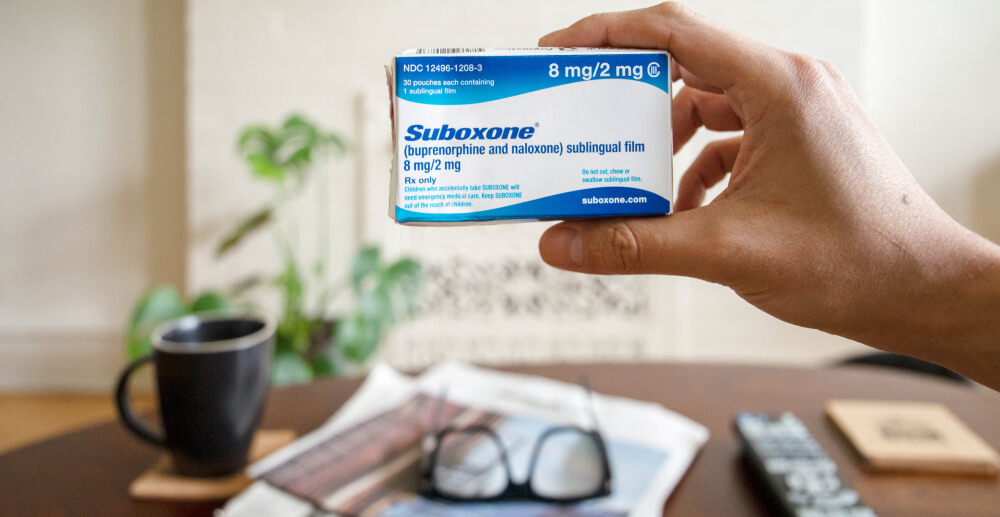Navigating A Night Out Sober: How To Not Drink Your Friends Under the Table.
(Read The Ultimate Guide to Ordering, Drinking, and Enjoying Non-Alcoholic Drinks – Part I)
In Part 1, we determined that not drinking doesn’t equate to not living. A night out with the buddies is necessary here and there. And you might need to order up a mocktail or two in order to fit in with the crowd. Welcome to Part 2 of Workit’s Ultimate Guide to Ordering, Drinking, and Enjoying Non-Alcoholic Drinks: How To Not Drink Your Friends Under the Table.
How much you drink, or when you stop, is your business. Navigating the social seas after you stop? That plunge into the deep sea of the drinking world as a sober person can become easier if you remember a few things. These tips and tricks of the recovery world will help you have fun and avoid alcohol in the stickiest of social situations.
A person in recovery walks into a bar …
There’s a saying in recovery: “If you hang out in a barber shop, eventually you’re going to get a haircut.” If you’re in a bar, and your friends are drinking, and you’re having a good time, enjoy it. I’m not going to burst your bro-down balloon. But never forget where you are, my friend. You’re in an establishment that serves alcohol, that people patronize for a variety of reasons that are all centered around the substance you are trying to avoid. You’re hopping from the fire into the frying pan, let’s say.
Take this as a disclaimer of sorts from folks who want to see you get better. Listen to your instincts and know your motives. If you’re going out with a clear plan to see friends and head home, alright. If you’re upset with your wife and you’ve been running through your phone for someone to meet you at the bar just to talk? Well then, that’s where I’d put the red flag up.
Once you’ve got your motives down and they’re mostly honorable, just letting those good clean fun times roll, how exactly does that happen? If you’re used to knocking them back, you don’t have to stop. Just take the alcohol out of the equation, and be conscience of cost and calories. In Part 1 of this series, we covered bubbly waters. These will be your new best friends, at least in the bar. And if you guys really hit it off, who knows, maybe you’ll take them home and offer them a spot in your fridge. Invite me to the wedding.
But let’s move past the bubbly. What if the guys don’t know you’ve stopped drinking? What if you are out with your father-in-law, who you sure don’t want to know about your so-called alcohol problem? This is where the bartender becomes your buddy. You spilled your secrets to bartenders when you were drinking, and now it’s time to do it sober. They’ve heard it all, from passing mocktails to pregnant women who haven’t yet announced, to teetotallers just trying to keep their friends off their backs. If you don’t know what looks like your usual in a glass, just ask. But here’s a primer (if you haven’t read Part 1, get back there, as fizzy water will become your bar go-to):
Sodas
It’s fairly obvious, but a cheap drink at a bar that leaves the mystery alive is soda. Casual observers won’t know what’s in your cup—rum and Coke looks just like Coake—so sodas are is a good option when you’re not ready to be open about your recovery.
Mocktails
We’ve got some great mocktail recipes for you here, if you’re interested in trying them. When you’re going incognito, too much flair in a mocktail can draw attention. A safe bet is ordering a basic drink without the alcohol, like a Bloody Mary hold the vodka. Don’t like tomato juice? Try a Moscow Mule or a mojito minus the liquor.
Non-alcoholic beers and wines
We wouldn’t dream of telling you what to do, as everyone takes their own path in recovery. But it can be helpful to understand that non-alcoholic beers (or near-beers) and wines are often frowned upon in the recovery world. This is because they usually have low—rather than zero—alcohol content (usually about 0.5% alcohol by volume), and because the way their smell and taste mimic alcoholic beverages can be triggering to some. Where club soda, pop, or mocktails take alcohol entirely out of the equation, non-alcoholic beers and wines minimize the alcohol content in a solely alcoholic beverage. So consider your own triggers and company when deciding whether they’re a good option for you.
Have a beverage in your hand
Why is having a drink in your hand so important? It’s three-fold. First, a non-alcoholic drink in your hand ensures you won’t pick up something else. It’s a safe bet to keep you satisfied and focused. Second, someone with a history of drinking (such as yourself) finds comfort in a drink in the hand, alcoholic or not. Maybe someday there will be a time to put the drink down, but if it isn’t too costly or calorie-heavy, hydration never hurt anyone.
Finally, ensuring that folks have a drink is a social custom in polite society. If you are caught without one at a bar, party, or friend’s house, the right thing for someone to do is get you one. Deciding what you’ll get yourself instead of leaving it to chance ensures you’ll end up with the right drink for you, and puts everyone around you at ease.
But what if your running buddies aren’t ready to slow down? What if you are tired of saying no? We’re here for you through that, too. Stay tuned for Part 3, the big finale of this series, where we’ll cover that last key part of drinking non-alcoholic bevvies: enjoyment. You’ve put down the booze and picked up the club soda with lime. Now what? Where’s your parade, huh? Next up.








